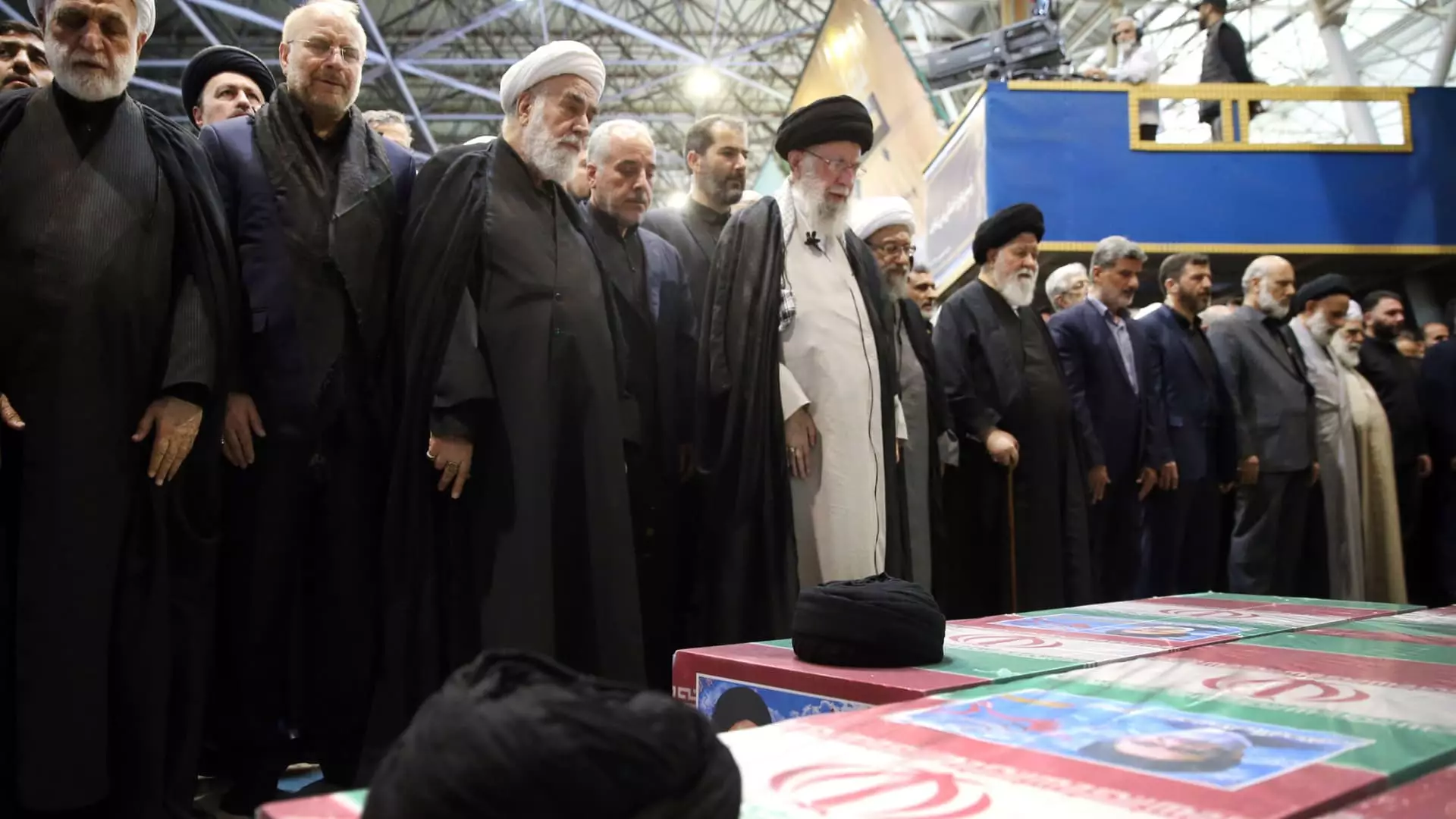Iran is currently gearing up for snap elections following the tragic death of former Iranian President Ibrahim Raisi in a helicopter crash. However, analysts are skeptical about the potential impact of these elections, as the country faces a myriad of challenges ranging from a weakened economy to widespread discontent among the populace. The upcoming election is set against the backdrop of high inflation, stringent Western sanctions, escalating tensions with the U.S., increased Iranian nuclear enrichment, and the recent Israel-Hamas conflict.
The ultra-conservative Guardian Council in Iran, responsible for screening and approving candidates, has given the green light to a select group of individuals to run for the presidency. Most of these candidates are hardliners with strong anti-Western sentiments, while only one candidate represents the reformist faction. Shockingly, all female candidates who registered were disqualified by the Council, signaling a lack of gender diversity in the political arena.
Despite hope for a potential “course-correction” in the wake of Raisi’s controversial tenure, where dissent was severely suppressed and public dissatisfaction soared, the approved list of candidates has dashed these expectations. The absence of a competitive election environment and the predominance of hardliners suggest that significant change or reform is unlikely to occur through this election cycle.
The Iranian public’s disillusionment with the electoral process is evident as many citizens plan to boycott the upcoming vote. This disillusionment stems from a perception of a rigged system that fails to address pressing economic concerns and improve living standards for the populace. Calls for an “active boycott” from rights groups further highlight the growing disconnect between the government and the people.
With historically low voter turnouts in past elections, the legitimacy of the Iranian government’s electoral process is increasingly under scrutiny. While authorities urge the public to participate, the leadership seems less concerned about demonstrating broad public support through high turnout. This lack of emphasis on electoral legitimacy suggests a widening gap between the government’s priorities and the populace’s demands.
As Iran prepares for the upcoming elections, which are scheduled for June 28 with the possibility of a second round, the prevailing sentiment is one of resignation and disillusionment among the electorate. The orchestrated nature of past elections, coupled with the dominant presence of conservative candidates, raises doubts about the prospects for meaningful change or reform in the country’s political landscape. Ultimately, as Iran navigates through this electoral process, the specter of continuity over change looms large, reinforcing the status quo and the entrenched power of the ruling elite.


Leave a Reply